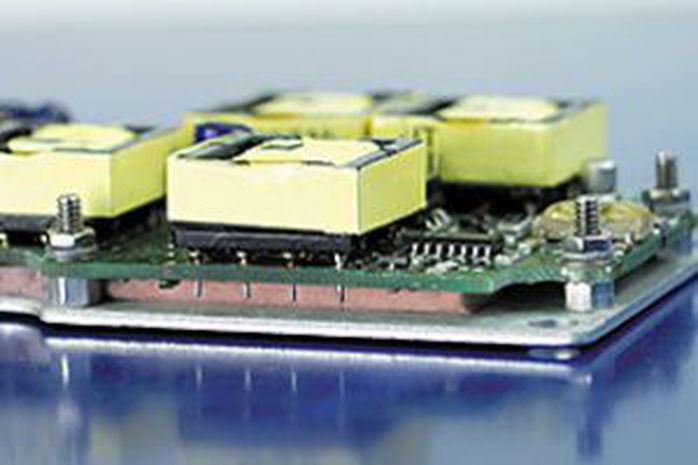GAP PAD
Gap Pad VO Ultra Soft
Features & Benefits
- Thermal conductivity: 1.0 W/m-K
- Highly conformable, low hardness
- “Gel-like” modulus
- Decreased strain
- Puncture, shear and tear resistant
- Electrically isolating

Properties
| Properties | Imperial Value | Metric Value | Test Method |
|---|---|---|---|
| Reinforcement Carrier | Fiberglass | Fiberglass | *** |
| Color | Mauve/Pink | Mauve/Pink | Visual |
| Inherent Surface Tack | 1 | 1 | *** |
| Density (Bulk Rubber) (g/cc) | 1.6 | 1.6 | ASTM D792 |
| Heat Capacity (J/g-K) | 1.0 | 1.0 | ASTM E1269 |
| Hardness (Bulk Rubber) (Shore 00) (1) | 5 | 5 | ASTM D2240 |
| Young's Modulus (psi) / (kPa) (2) | 8 | 55 | ASTM D575 |
| Typical Use Temp (°F) / (°C) | -76 to 392 | -60 to 200 | *** |
| Thickness (inch) / (mm) | 0.020 to 0.250 | 0.508 to 6.350 | ASTM D374 |
| Electrical | Imperial Value | Metric Value | Test Method |
|---|---|---|---|
| Dielectric Breakdown Voltage (Vac) | >6000 | >6000 | ASTM D149 |
| Dielectric Constant (1000 Hz) | 5.5 | 5.5 | ASTM D150 |
| Volume Resistivity (Ohm-meter) | 10^11 | 10^11 | ASTM D257 |
| Flame Rating | V-O | V-O | U.L. 94 |
| Thermal | Imperial Value | Metric Value | Test Method |
|---|---|---|---|
| Thermal Conductivity (W/m-K) | 1.0 | 1.0 | ASTM D5470 |
| Deflection (% strain) | 10 | 20 | 30 |
|---|---|---|---|
| Thermal Impedance (ºC-in2/W) 0.040" | 1.97 | 1.87 | 1.68 |
| Thermal Impedance (°C-cm2/W) 1.016mm (3) | 12.7 | 12.1 | 10.8 |